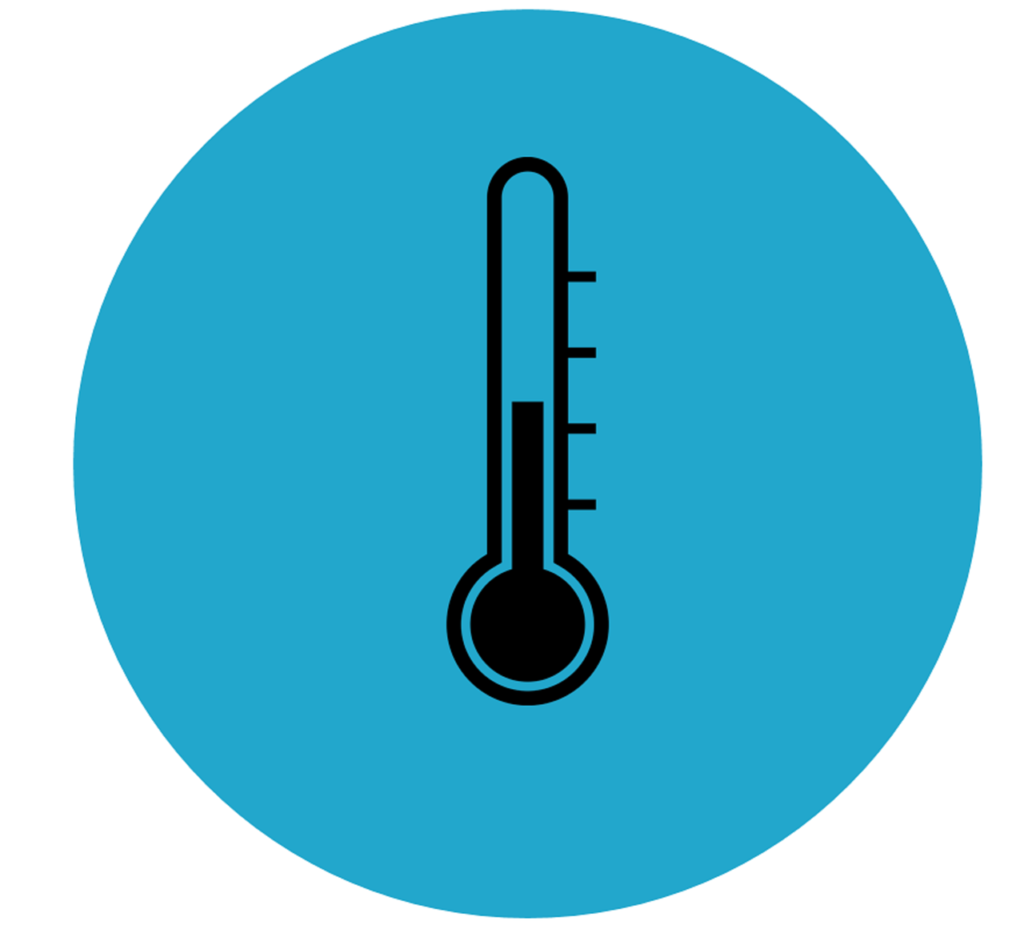Introduction
Unit conversions are an essential part of daily life. Whether you’re cooking, traveling, shopping, or doing schoolwork, you often need to convert measurements from one unit to another. Understanding common unit conversions can save time, improve accuracy, and make life easier.
In this article, we’ll explore the top 10 most common unit conversions people use daily and why they matter.
1. Length: Inches to Centimeters
Many people encounter length conversions when measuring objects, designing projects, or purchasing items online.
- Formula: 1 inch = 2.54 cm
- Example: A 10-inch tablet screen is 25.4 cm wide.
Why it matters
- Used in international product specifications.
- Helpful for tailoring, furniture shopping, and DIY projects.
2. Temperature: Fahrenheit to Celsius
Weather reports often use different temperature scales depending on the country.
- Formula: °C = (°F – 32) × 5/9
- Example: 100°F = 37.8°C
Why it matters
- Useful for cooking and travel.
- Essential for understanding global weather forecasts.

3. Weight: Pounds to Kilograms
Weight conversion is crucial for fitness, travel, and shopping.
- Formula: 1 lb = 0.453592 kg
- Example: A person weighing 150 lbs is 68 kg.
Why it matters
- Airlines use kilograms for baggage weight.
- Medical reports often require weight in metric units.
4. Distance: Miles to Kilometers
This conversion is essential for international travel and driving.
- Formula: 1 mile = 1.60934 km
- Example: A road trip of 50 miles is 80.5 km.
Why it matters
- Road signs differ by country.
- GPS navigation settings require unit conversion.
5. Cooking: Cups to Milliliters
Different countries use various measuring standards for recipes.
- Formula: 1 cup = 236.588 mL
- Example: A recipe requiring 2 cups of milk is 473.176 mL.
Why it matters
- Essential for accurate baking and cooking.
- Prevents recipe failures due to incorrect measurements.
6. Speed: Kilometers per Hour to Miles per Hour
Drivers often need to convert speed limits when traveling abroad.
- Formula: 1 km/h = 0.621371 mph
- Example: 100 km/h = 62.1 mph
Why it matters
- Helps in understanding road speed limits.
- Essential for vehicle speedometer settings.
7. Energy: Calories to Kilojoules
Diet and fitness tracking require energy unit conversions.
- Formula: 1 calorie = 4.184 kJ
- Example: A meal containing 500 calories is 2092 kJ.
Why it matters
- Important for nutrition labels.
- Used in diet and weight management plans.
8. Time: Hours to Minutes
Time conversion is common in scheduling and planning.
- Formula: 1 hour = 60 minutes
- Example: A 2.5-hour movie is 150 minutes long.
Why it matters
- Essential for work shifts, movie durations, and sports timing.
- Helps in better time management.
9. Fuel Efficiency: Miles per Gallon to Liters per 100 km
Fuel efficiency measurements vary by country.
- Formula: 1 mpg = 235.215 / L/100 km
- Example: A car with 30 mpg has a fuel consumption of 7.84 L/100 km.
Why it matters
- Helps in comparing vehicle efficiency.
- Useful when renting cars abroad.
10. Area: Square Feet to Square Meters
Real estate listings often use different area measurements.
- Formula: 1 sq ft = 0.092903 sq m
- Example: A 1,000 sq ft apartment is 92.9 sq m.
Why it matters
- Important for renting or buying property.
- Used in home renovations and interior design.
Conclusion
Understanding common unit conversions helps in everyday tasks like shopping, cooking, traveling, and home improvement. By familiarizing yourself with these conversions, you can avoid mistakes and make better decisions.
Next time you need to switch between units, refer to these simple formulas to get accurate results quickly!
